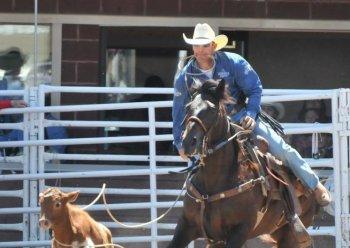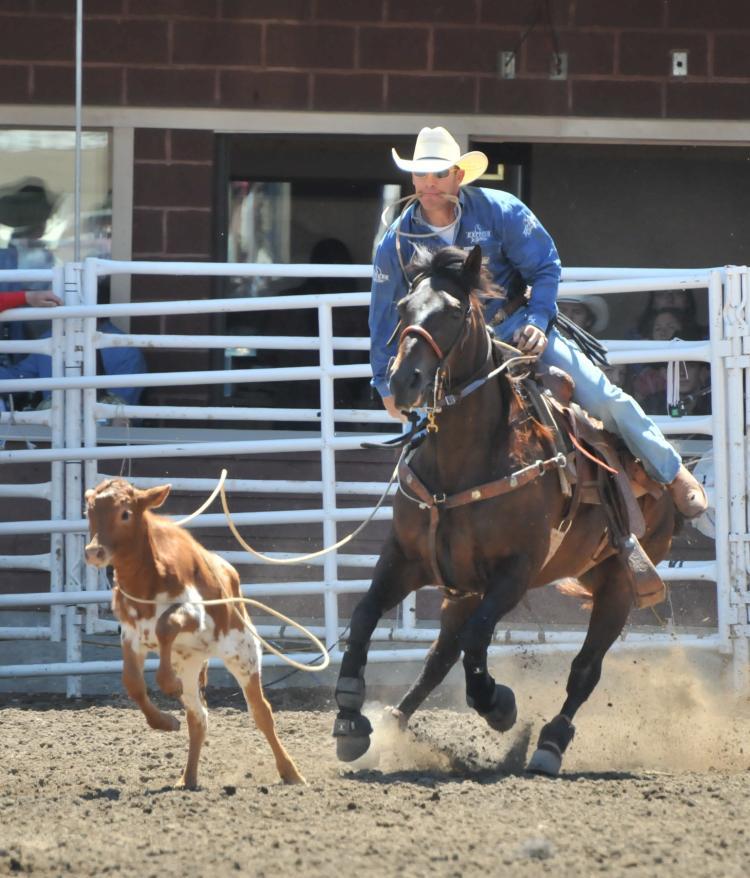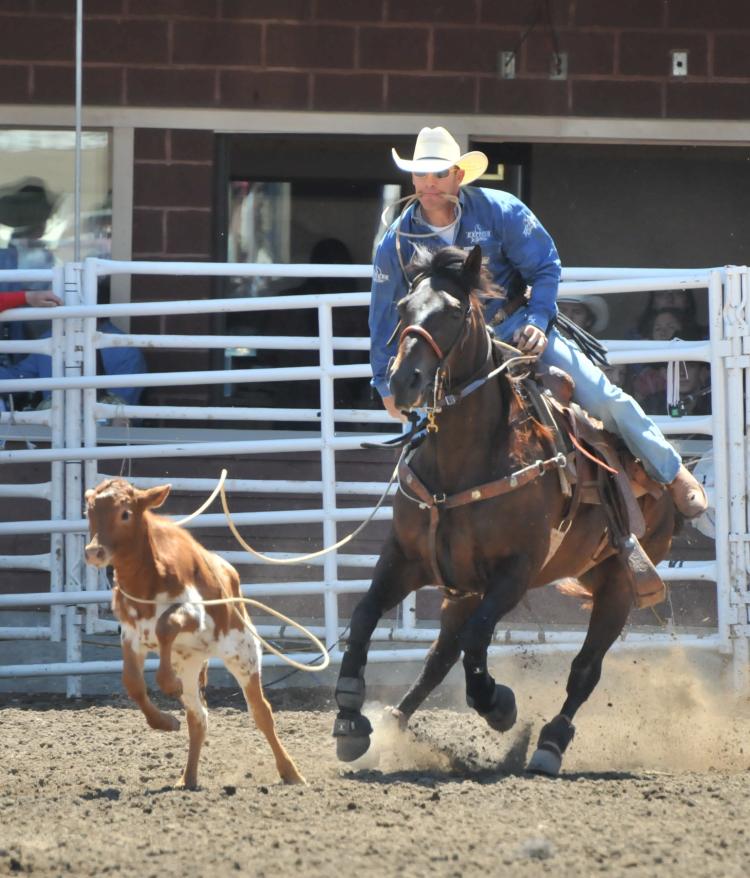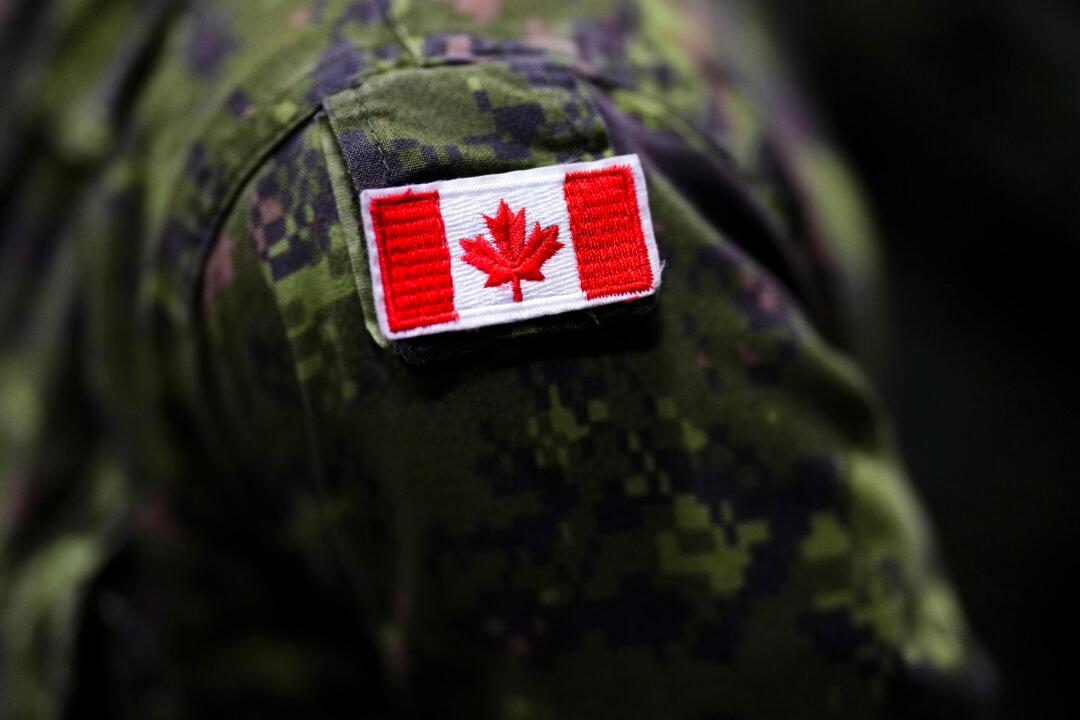EDMONTON—While most still see it as the Greatest Outdoor Show on Earth, the Calgary Stampede wrapped up its annual 10-day run on Sunday tainted by controversy.
A midway ride malfunction last week injured 10 people and sent 6 teenagers to the hospital; a young rider suffered a broken shoulder and serious head injury after her horse collapsed due to a heart attack; and six horses died in different events, including four in chuckwagon racing.
The sixth horse died last Thursday amidst outcry over the deaths of the other five. The horse sustained an injury to its right leg during a chuckwagon racing event and was later euthanized.
“The fact of the matter is, to lose those horses is very unusual, and very saddening,” says Doug Fraser, a spokesperson for the Calgary Stampede.
Two horses died of heart attacks during the events, three were euthanized after various injuries, and another died for reasons a necropsy has yet to determine.
Fraser says it is not a normal occurrence to have that many animal deaths at the Stampede, and stresses that the deaths are not due to accidents on the track.
“We had three horses die of natural causes, and three die from situations that happen on a racetrack, or in a rodeo ring. I mean, horses break their legs on the racetrack frequently, and it’s not just the Calgary Stampede,” he says.
“We’ve had a bit of a tough year, we’ll admit that, but we’re still going to improve that, and hopefully change things around next year.”
Reviewing the safety practices and improving animal care and welfare are a constant year-round effort, Fraser says, and with the advice and contribution of a panel of experts on animal safety, the Calgary Stampede endeavours to make its events safer each year.
A midway ride malfunction last week injured 10 people and sent 6 teenagers to the hospital; a young rider suffered a broken shoulder and serious head injury after her horse collapsed due to a heart attack; and six horses died in different events, including four in chuckwagon racing.
The sixth horse died last Thursday amidst outcry over the deaths of the other five. The horse sustained an injury to its right leg during a chuckwagon racing event and was later euthanized.
“The fact of the matter is, to lose those horses is very unusual, and very saddening,” says Doug Fraser, a spokesperson for the Calgary Stampede.
Two horses died of heart attacks during the events, three were euthanized after various injuries, and another died for reasons a necropsy has yet to determine.
Fraser says it is not a normal occurrence to have that many animal deaths at the Stampede, and stresses that the deaths are not due to accidents on the track.
“We had three horses die of natural causes, and three die from situations that happen on a racetrack, or in a rodeo ring. I mean, horses break their legs on the racetrack frequently, and it’s not just the Calgary Stampede,” he says.
“We’ve had a bit of a tough year, we’ll admit that, but we’re still going to improve that, and hopefully change things around next year.”
Reviewing the safety practices and improving animal care and welfare are a constant year-round effort, Fraser says, and with the advice and contribution of a panel of experts on animal safety, the Calgary Stampede endeavours to make its events safer each year.







